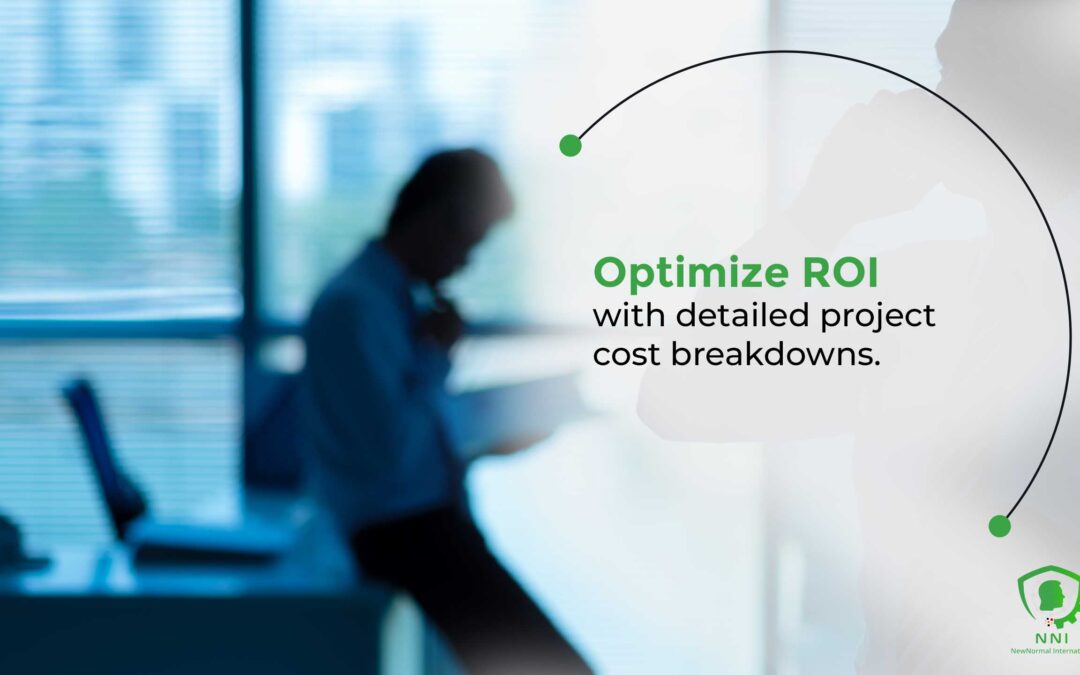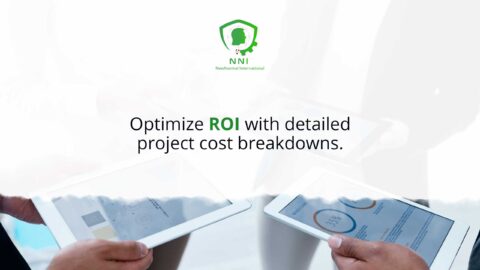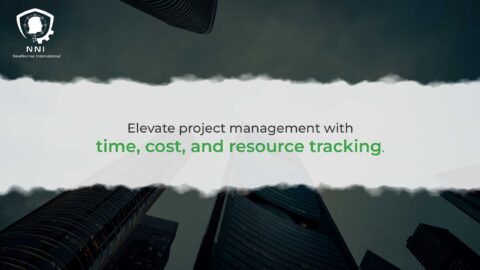Enhancing Financial Efficiency in Project Management
The Importance of Project Cost Breakdown
Optimizing ROI with detailed project cost breakdowns is a critical strategy for businesses aiming to enhance their project management processes and ensure financial efficiency. Detailed cost breakdowns provide a comprehensive view of all expenses associated with a project, enabling effective budget management and ROI optimization.
Key Components of a Project Cost Breakdown
A project cost breakdown is a detailed and comprehensive analysis of all the expenses involved in executing a project. It serves as a roadmap for project managers to plan, allocate resources, and control expenses effectively. The cost breakdown typically encompasses three main categories: direct costs, indirect costs, and contingency reserves.
Direct Costs
Direct costs represent the expenses that can be directly attributed to the project and are necessary for its completion. These costs are often variable and fluctuate based on the project’s scope, complexity, and duration. Common examples of direct costs include:
Labor Costs: The salaries, wages, and benefits paid to employees directly involved in the project, such as project managers, engineers, technicians, and skilled laborers.
Materials Costs: The expenses incurred for purchasing or acquiring the raw materials, components, equipment, and supplies required for the project.
Travel and Accommodation Costs: The expenses related to business travel, accommodation, and meals for project personnel engaged in off-site work or meetings.
Indirect Costs
Indirect costs, also known as overhead costs, are expenses that support the overall project management and infrastructure but are not directly attributable to a specific project task or activity. These costs are typically fixed and remain relatively constant throughout the project’s lifecycle. Common examples of indirect costs include:
Administrative Costs: Expenses related to general office operations, such as rent, utilities, office supplies, and administrative staff salaries.
Management Costs: Expenses incurred for project management activities, such as planning, scheduling, monitoring, and reporting.
General Overhead Costs: Expenses that support the overall business operations, such as accounting, legal, human resources, and information technology services.
Contingency Reserves
Contingency reserves are allocated funds set aside to cover unforeseen expenses or unexpected events that may arise during the project’s execution. These reserves provide a buffer to manage risks and ensure that the project can be completed within the approved budget. The amount of contingency reserves is typically determined based on the project’s complexity, risk assessment, and the organization’s risk tolerance.
In essence, a project cost breakdown is a dynamic document that evolves as the project progresses. Project managers should regularly review and update the cost breakdown to reflect changes in scope, resource allocation, and unforeseen expenses. This ongoing monitoring ensures that the project remains on track financially and that resources are utilized effectively to achieve the project’s objectives.
Role of Executive Coaching in Financial Management
Executive coaching plays a vital role in guiding business leaders to effectively analyze and manage project costs. Coaching helps in developing financial acumen and strategic decision-making skills.
Building Leadership Skills for Financial Oversight
Leadership training in financial management empowers executives to understand the nuances of cost breakdowns and their impact on ROI.
Integrating Generative AI in Cost Analysis
Generative AI can significantly enhance the accuracy of project cost breakdowns. AI algorithms analyze historical data and market trends to predict future costs, aiding in more precise budgeting.
AI-driven Predictive Analytics for Cost Management
The application of AI in financial management allows for predictive analytics, helping businesses forecast costs and adjust their strategies proactively.
Change Management for Implementing Cost Analysis Tools
Integrating advanced cost analysis tools requires effective change management strategies. Businesses must focus on training and transitioning their teams to adapt to new financial tools and methodologies.
Effective Communication for Seamless Integration
Clear and effective communication is key to ensuring a smooth transition to sophisticated cost analysis methods, facilitating better acceptance and usage across the organization.
Impact of Detailed Cost Breakdowns on Business Success
A detailed understanding of project costs directly influences business success. It enables better resource allocation, reduces wastage, and enhances overall profitability.
Strategic Planning and Financial Success
Strategic planning based on detailed cost analysis ensures that businesses can make informed decisions, anticipate financial challenges, and optimize their investment returns.
Conclusion Optimizing ROI with Detailed Project Cost Breakdowns
In conclusion, optimizing ROI with detailed project cost breakdowns is fundamental to modern business strategy. It requires a combination of executive coaching, generative AI integration, and effective change management to achieve financial success.
#ProjectManagement, #FinancialEfficiency, #ROIOptimization, #CostAnalysis, #BusinessStrategy











